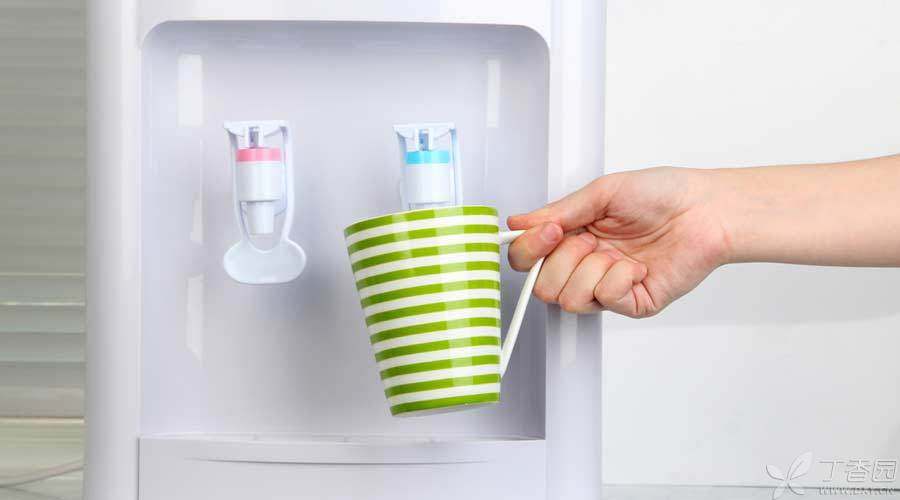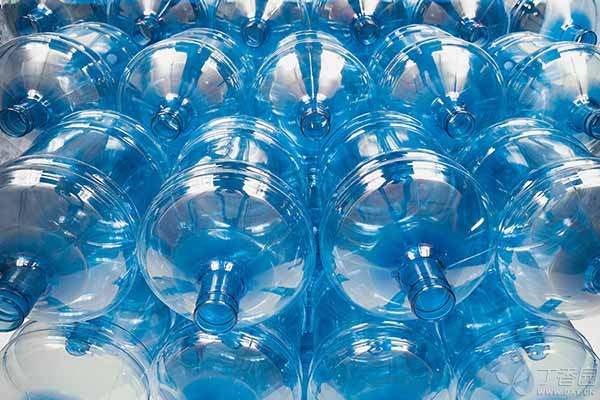
At present, almost every household uses a drinking fountain to drink water. Some people will order some bottled water to drink, while others will use filters to filter by themselves.
Is the water in the drinking fountain sanitary? How should I drink the water in the drinking fountain?
Is the water in the drinking fountain what water? What is the difference with pure water and mineral water?
Since we have a drinking fountain at home, we have bought less and less bottled purified water and mineral water. However, some people are always worried that the water in the drinking fountain will be different from bottled water, and will it not be so safe and healthy?
Generally speaking, there are three main sources of water for drinking fountains in the home:
- The tap water filtered by bottled water itself is tap water.
From the perspective of standards and supervision, the bottled water you go to stand on is actually the same as the bottled water you buy in supermarkets. Since May 24, 2015, China has implemented a new standard for packaged drinking water (GB 19298-2014) [1]. After the standard comes into effect, the previous standards for bottled water and bottled water [2, 3] will all be unified and belong to packaged drinking water.
There will be no essential difference between bottled water and bottled water such as purified water and mineral water that we usually drink. They all belong to packaged drinking water, but the containers are different. As long as it is a compliant product, it is safe.
Other drinking fountains are connected tap water, which is filtered and heated for drinking. This kind of water is only tap water filtered by household filters. Some families also use tap water directly, usually heated for drinking.
Which water is safer to choose?
In order to drink safe and comfortable water, if you buy bottled water, you must go to a regular water station to buy it and choose a reliable brand.
If you filter by yourself, you should choose a filter device with reliable quality and replace the filter element regularly.
If it is tap water, it is best to fully heat it to boiling every time.

Can I drink cold water without heating? Can I drink warm water without boiling?
Microorganisms pose the greatest risk to public health in water [4]. Microorganisms mainly come from the pollution of drinking water by human and animal feces. Feces may be the source of pathogenic bacteria, viruses, protozoa and worms.
For the water of ordinary household drinking fountains, if it is qualified bottled water, it has been disinfected and sterilized. Generally speaking, there will be no what safety problem for direct drinking. But the premise is that the drinking fountain is clean and sanitary.
However, if the drinking fountain is connected with filtered tap water or directly tap water, it is usually sterilized by the water plant. Although there is not necessarily a risk, it is better to boil before drinking.
Some people may say: Sometimes the time is too late, and it is too hot to drink after boiling, can I heat the water slightly to warm water?
In fact, if the heating temperature and heating time are not enough, there may still be microorganisms that have not been killed in the water, and there may also be safety risks if drinking directly.
In some countries, such as the United States, they all require drinking water safety education in the community and remind people to drink boiled water, so as to better ensure safety [5]. Therefore, strictly speaking, cold water without heating and warm water without sufficient heating are both safety risks, and it is best to boil the water before drinking at ordinary times.
How often should the water dispenser be cleaned? How to clean?
Another problem that cannot be ignored is that drinking fountains are not always hygienic.
In fact, drinking fountains may breed bacteria during use. If it is not cleaned for a long time, it may also bring safety risks. Poisoning cases caused by drinking fountains have also occurred many times in our country [6, 7].
Generally speaking, the pollution in drinking fountains mainly comes from two aspects:
- When the water dispenser is in use, The air continued to enter the barrel, Bacteria, viruses and other microorganisms may enter the drinking fountain along with the air. Moreover, dust and the like existing in the air may also enter the drinking fountain and become [hotbeds] for the growth and reproduction of bacteria and other microorganisms. There are also some structural dead corners in the contact part between the base of the drinking fountain and the barrel. If it is not cleaned for a long time, it will also become a growth zone for bacteria and other microorganisms.
Speaking of which, many people will want to ask, how often should my drinking fountain be cleaned?
Recommendation: Clean up the drinking fountain every 1 ~ 2 months.
Shanghai has conducted a survey on the sanitary conditions of public drinking fountains on campus. The results showed that the microbial index exceeded the standard 1 ~ 2 months after disinfection of the campus drinking fountains, mainly the total number of colonies and coliforms [8]. Although these are not pathogenic bacteria and do not necessarily have what safety risks, it also suggests that drinking fountains are still easy to breed bacteria.
As for the cleaning method, different drinking fountains will be different. The specific cleaning method will generally be attached to the instructions of the drinking fountains. It is suggested that everyone should disinfect and clean the drinking fountains regularly according to the methods in the instructions.
